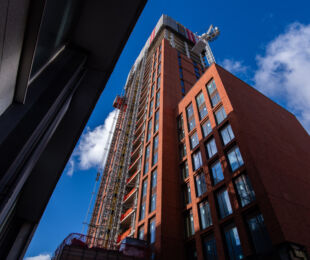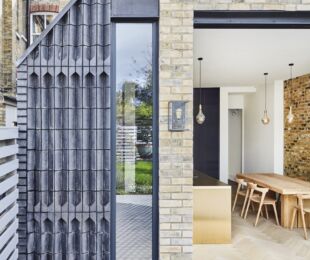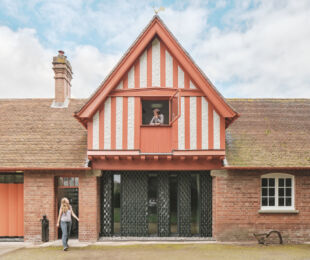RIOTOUS ASSEMBLY: IAN LATHAM ON MAVERICK ARCHITECT AND SCULPTOR BERNHARD HOETGER'S BOETTCHERSTRASSE.

From today’s perspective, with its shops, workshops, bars, restaurants, galleries and a hotel, Bremen’s Boettcherstrasse (1923-31) looks like a prescient model of urban regeneration, but when it was built the development was dismissed by modernists as a quirky collage of medievalism and expressionism, and denounced explicitly by Adolf Hitler as ‘degenerate’.
Financed by coffee merchant Ludwig Roselius, who had purchased the street of run-down medieval buildings, most of which were then demolished, the project was designed by Runge & Scotland and Bernard Hoetger (1874-1949). It accommodated a mix of commerce and culture, including a house for Roselius and a gallery for his collection of work by painter Paula Modersohn-Becker.
Trained as a sculptor, Hoetger was influenced by Rodin and Gaudí, and lived at the artists’ colonies in Darmstadt and Worpswede. Like Roselius, he sympathised with the Germanic ideals that were also adopted by the National Socialists, and this took effect in his prediliction for brick with symbolic and vernacular forms.
The Boettcherstrasse was rebuilt in 1965 after wartime damage, and restored in 1989. Since 2004 it has been operated by a foundation set up by the Sparkasse Bremen bank, but for the Atlantis Haus, with its glass-ceilinged Himmelssaal, that forms part of the Radisson Blu Hotel.






